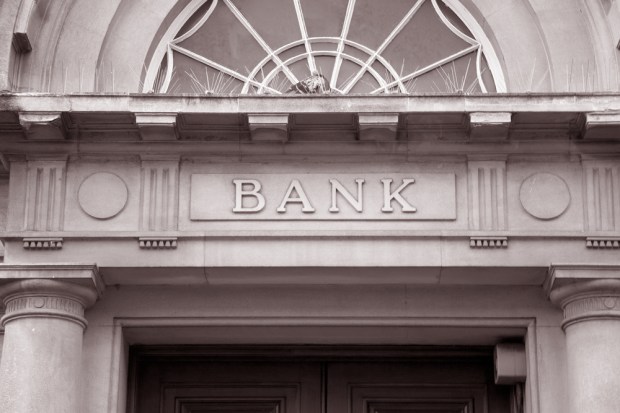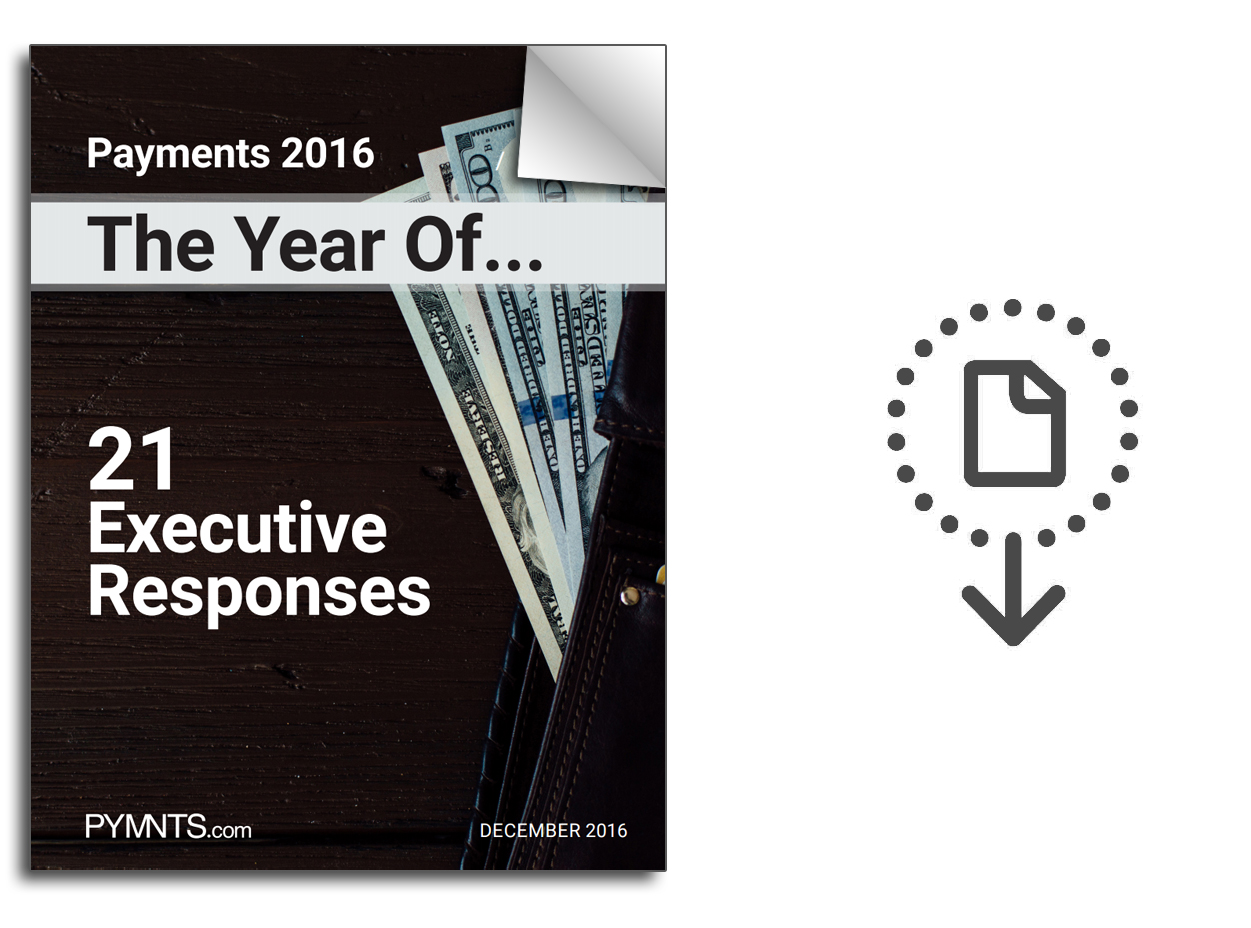Payments 2016: The Year Of Businesses No Longer Relying on Banks

PYMNTS consulted 21 payments executives from across the industry to share their insights on the biggest takeaways from 2016 as part of the “Payments 2016, The Year Of…” eBook. We posed the same question to each executive:
If you had to answer the question, Payments was the year of …, how would you answer, and how does your answer change your world — and the world of payments, more broadly?
Here is the response from Mike Galarza, founder and CEO of Entryless…
Payments 2016: The Year Of Businesses No Longer Relying on Banks
For years, consumers have reaped the benefits of technology in their personal banking. Virtually every consumer financial task has been automated, making everything faster, easier and more efficient.
While consumers did the bulk of their personal banking on mobile devices, businesses had largely been left stuck in the past, standing in line at their local branch or chained to desks shuffling invoices. That’s all changing. Business leaders now expect more from their banks. After all, if technology solutions can improve consumer banking, why can’t similar innovation create a better experience for businesses?
With traditional financial institutions seemingly disinterested in modernizing business banking, companies — especially smaller ones — seek financial services from nontraditional sources. In the accounting industry, businesses already trust providers of software as a service (SaaS) with their most valuable asset: data. It makes sense that many would be open to doing the same thing with their money.
Migrating Away From The Monolith
Such a transition doesn’t happen overnight, and not every technology provider is in a position to offer financial services. Businesses need capable institutions they can trust to handle their money. That much hasn’t changed, and neither has the nature of currency. I can’t pay my suppliers with Bitcoins, because they can’t take those to the grocery store or hand them out on payday.
And while banks are happy to store money for businesses, their bill payment solutions are cumbersome, slow and inflexible. Banks aren’t run by software developers, so innovation in that arena just isn’t in their DNA. They seem to lack the motivation or competencies needed to relieve pain points that are costing organizations millions.
When monoliths refuse to innovate, companies like Entryless can step in to fill the void and relieve the pain.
I believe the needed innovation comes in the seamless integration between multiple software platforms and the banks they use to conduct business. Entryless offers an intelligent automated bill pay solution that eliminates the burden of manual tasks — all of them. Rather than leave our customers to rely on their financial institution’s archaic and plodding bill payment services to perform transactions, we created a secure new medium for them to reliably pay their bills faster.
Trust Is The Key
There’s a lot of accounting software out there, but much of it is dedicated to managing a database with a nice user interface. Users appreciate these applications for what they are, but they don’t view them as a potential solution for financial service challenges.
Our platform doesn’t just collect and organize data — Entryless actually automates accounting tasks previously done manually, updating accounting systems in real time. What began with the ability to soothe a pain point for our customers grew into a trust that our application could perform mission-critical accounting tasks.
We created a foundation of trust with our users.
That trust was the key and the trigger for expanding our offering into financial services — specifically providing the ability to make supplier bill payments. Our customers now trust Entryless with their end-to-end supplier relationships and have eliminated the bank from the equation.
The Future Has Arrived
As more businesses seek out financial services from their SaaS providers, banks will remain in use solely because they are the only ones legally able to store money for consumers and companies. It’s not difficult to imagine removal of that arbitrary barrier.
I’m increasingly convinced that 2016 will be remembered as the year businesses began migrating away from traditional banks. They’re not serving our needs, while SaaS providers are. This begs the obvious question: If your accounts payable software could legally store your money, why would you use a bank?
. . . . . . . . . . . . . .
